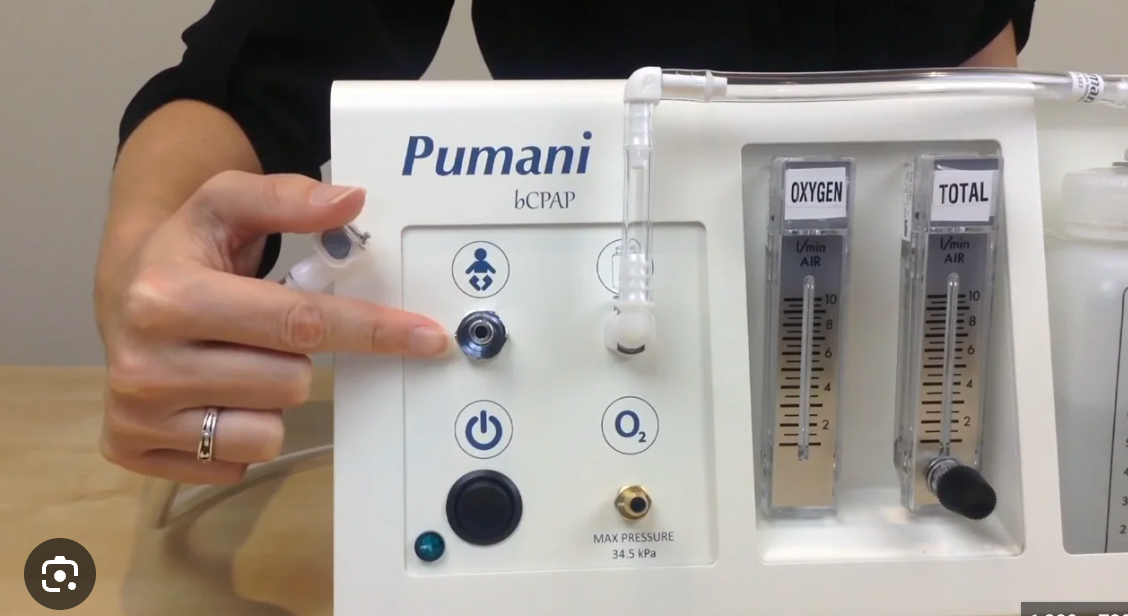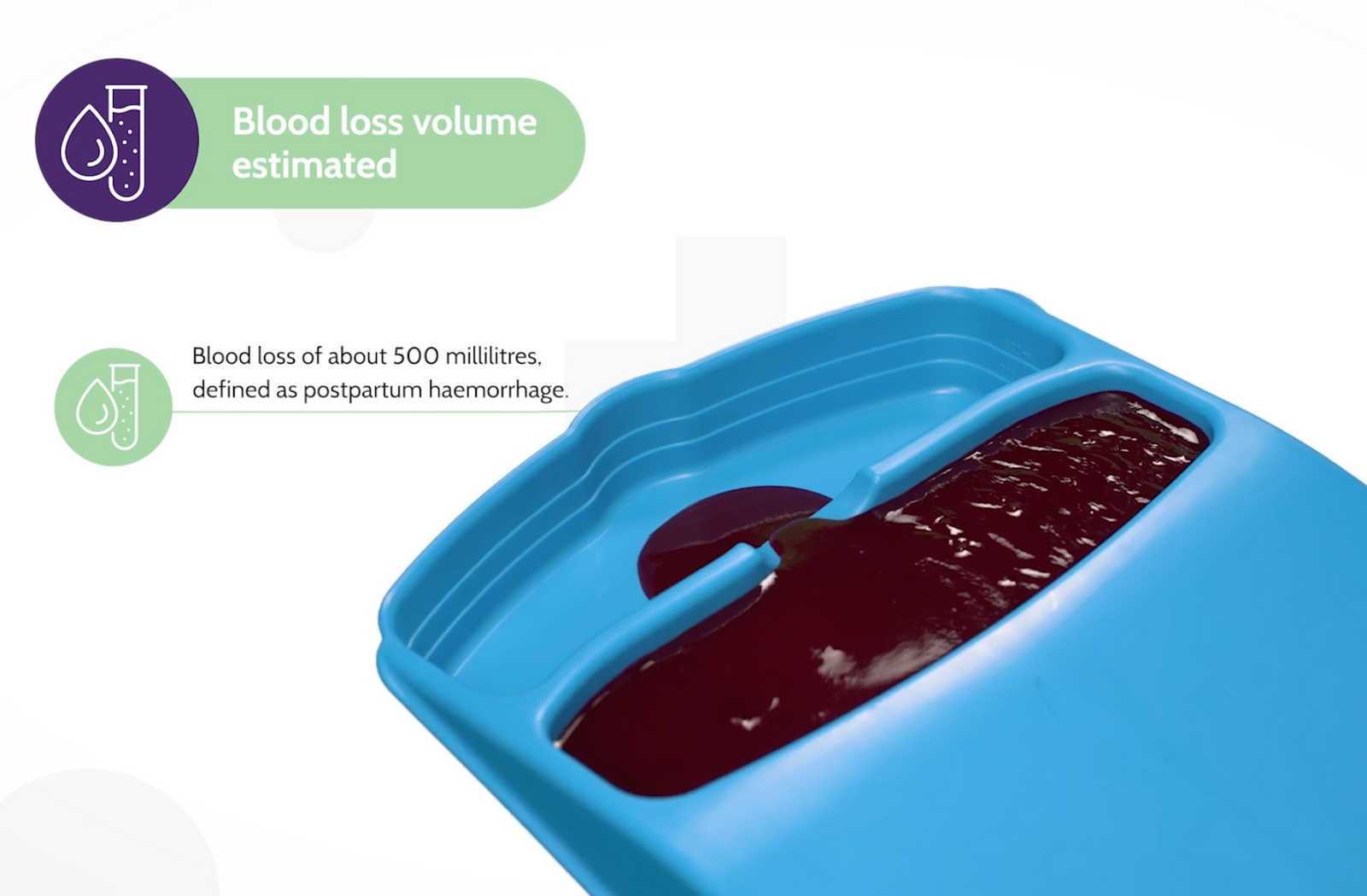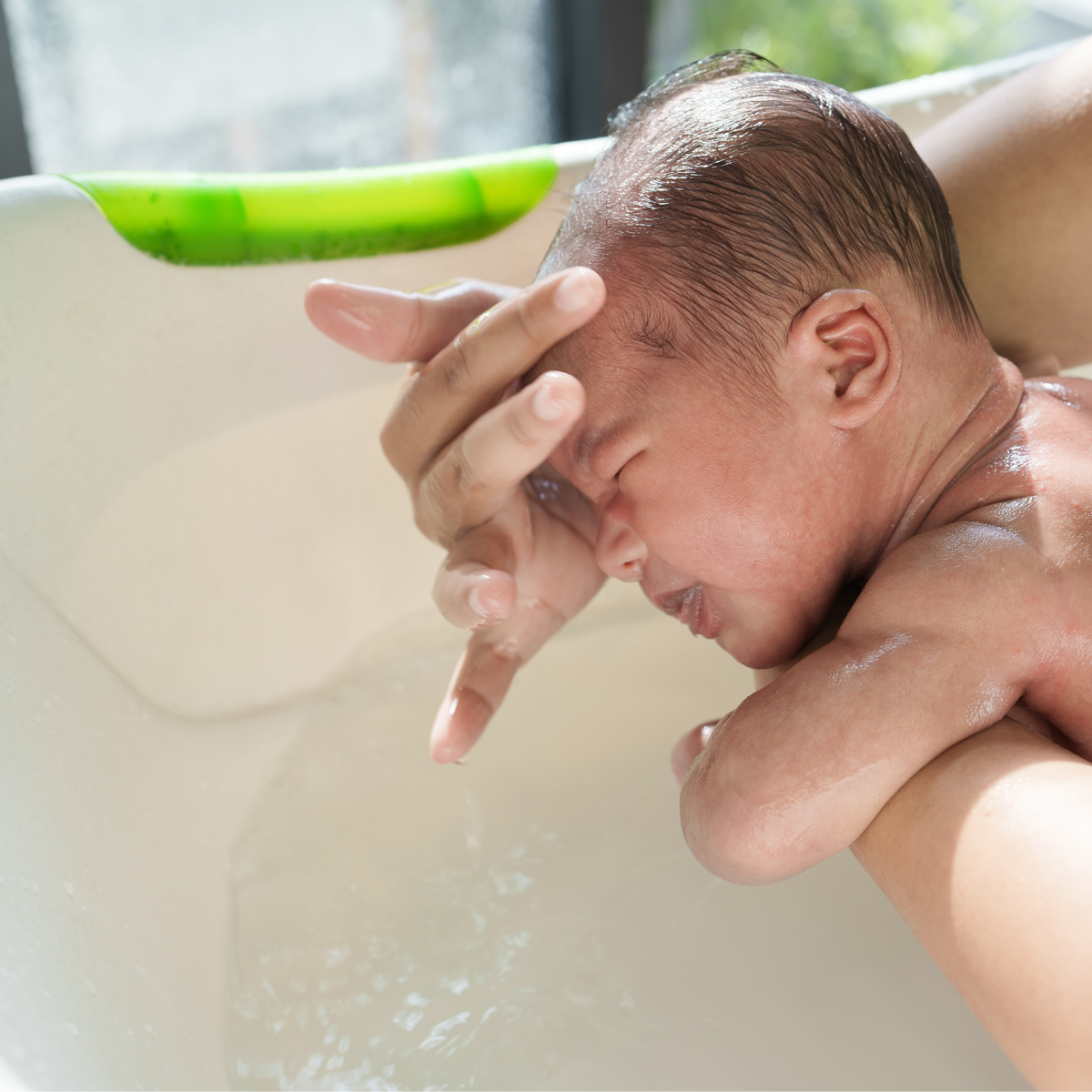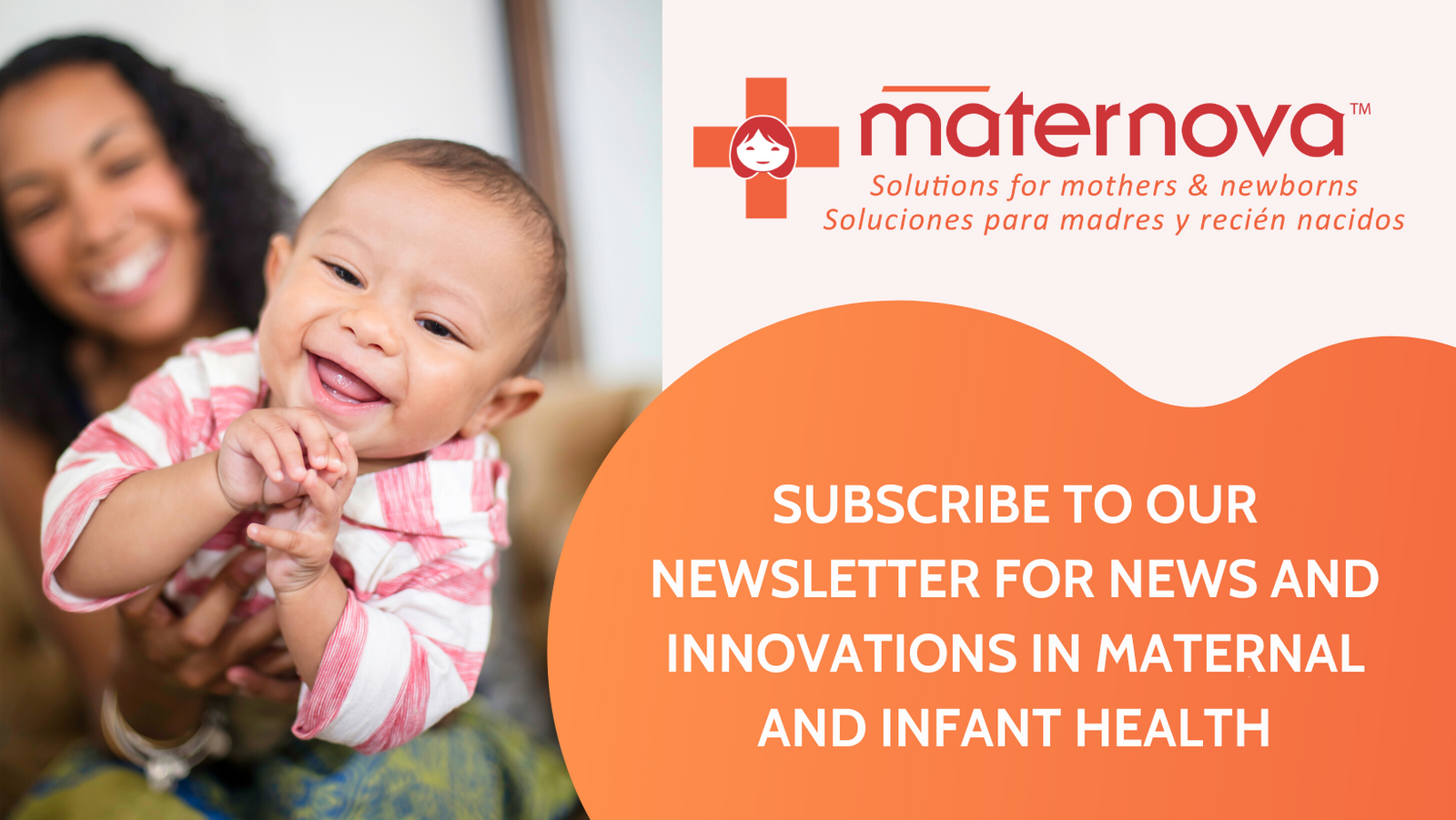Add description, images, menus and links to your mega menu
A column with no settings can be used as a spacer
Link to your collections, sales and even external links
Add up to five columns
Add description, images, menus and links to your mega menu
A column with no settings can be used as a spacer
Link to your collections, sales and even external links
Add up to five columns
Water water everywhere...and not a drop to drink
February 05, 2018 2 min read
E Coli continues to cause a multitude of illnesses globally. This particularly pesky bacteria is typically found in the lower intestine of warm-blooded organisms. It’s important to note there are several strains of E-coli, and not all produce the physical ailments we read about from recall notifications, or drinking water supply contamination
Which parts of the population are more susceptible to falling victim to e-coli related illnesses? Typically, the answer is young children, seniors, and immunocompromised individuals will experience the most virulent and debilitating symptoms. Typically, people will experience abdominal cramps, diarrhea, hemorrhagic colitis, vomiting, and sometimes fever.
How is this transmitted? Unfortunately, e-coli is a fierce survivor and can be unusually difficult to eliminate. Total coliforms and E-coli are used as indicators to measure the degree of pollution and sanitary quality of well water, because testing for all known pathogens is a complicated and expensive process. The main source of pathogens in drinking water is through recent contamination from
- Human or animal waste
- Improperly treated septic and sewage discharges
- Leaching of animal manure
- Stormwater runoff
- Domestic animals or wildlife
As a healthcare provider, clinician, or parent, is there a way to inexpensively identify the presence of E-coli? Yes, there is. The mWater Test Kits are a simple single-use water quality test kits that meet WHO guidelines. Best of all, the mWater Test Kit is mWater Test Kits don’t require extensive training to use. Simply fill the sample bag with water, add one drop of the solution, and read the results in 24 hours.
The kits have proven quite popular with a multitude of groups like USAID DIV, The World Bank Innovation Fund, Water.org, WaterAid International, Haiti Outreach, UNICEF, WHO, and UN HABITAT. Each of the test kit bundles contains 20 individual test kits for only $180 plus shipping. Make sure your water is ‘Baby safe’ and order yours today.
Leave a comment
Comments will be approved before showing up.
Also in The Maternova Blog

Pumani bubble CPAP
November 11, 2025 1 min read
The Pumani bubble CPAP was engineered by a team at Rice University in Texas, working in collaboration with clinicians in Malawi. A range of specific design considerations made the Pumani especially appropriate for low-resource settings so that parts are easy to replace.

The MaternaWell Tray for PPH estimation now appears in key obstetric guidelines
October 30, 2025 1 min read
A 'tray' is now mentioned in the FIGO/WHO/ICM Consolidated Postpartum Hemorrhage Guidelines published by in 2025, expanding the type of monitoring device from drape to drape or tray.

Is it ethical to separate mother and infant just after birth?
October 28, 2025 2 min read
Immediate skin to skin care means less than ten minutes after the infant takes its first breath, the infant, naked except for a diaper, spends at least one hour on the mother’s chest, against her skin. It is recommended that preterm and low birth weight kangaroo care involve prolonging contact beyond the first hour for at least 8 hours per day or as long as possible (up to 24 hours) per day


